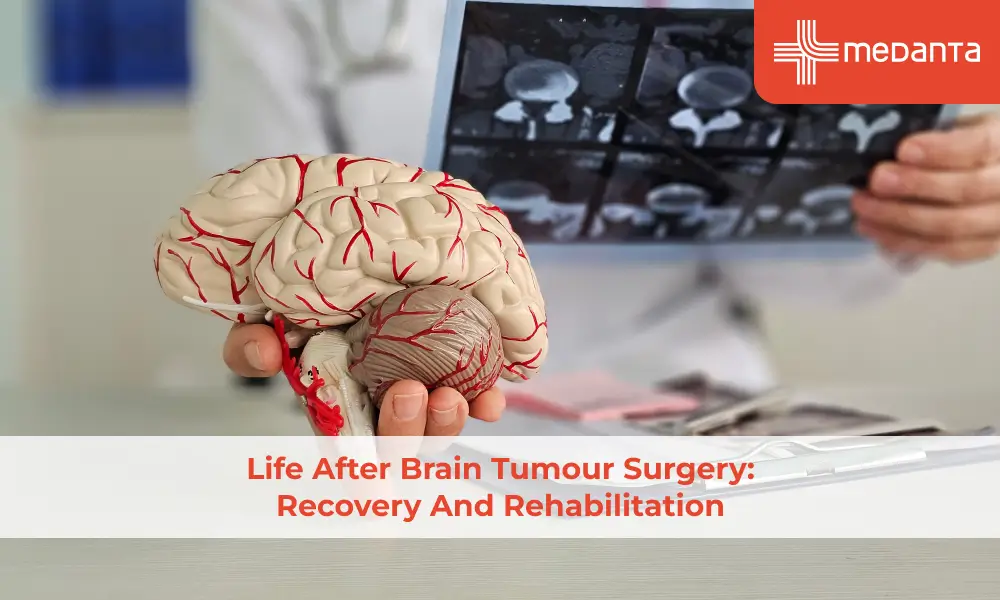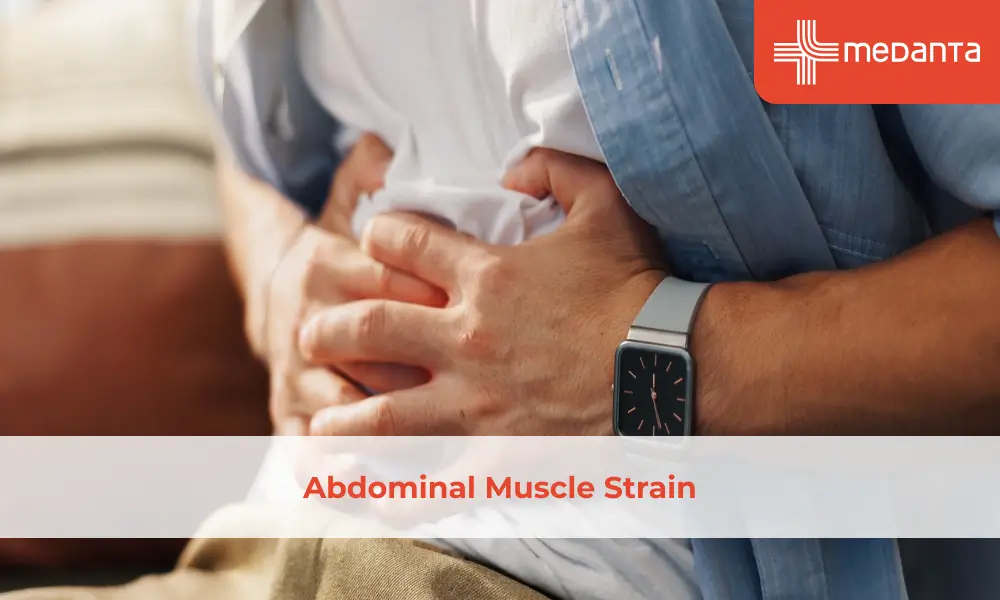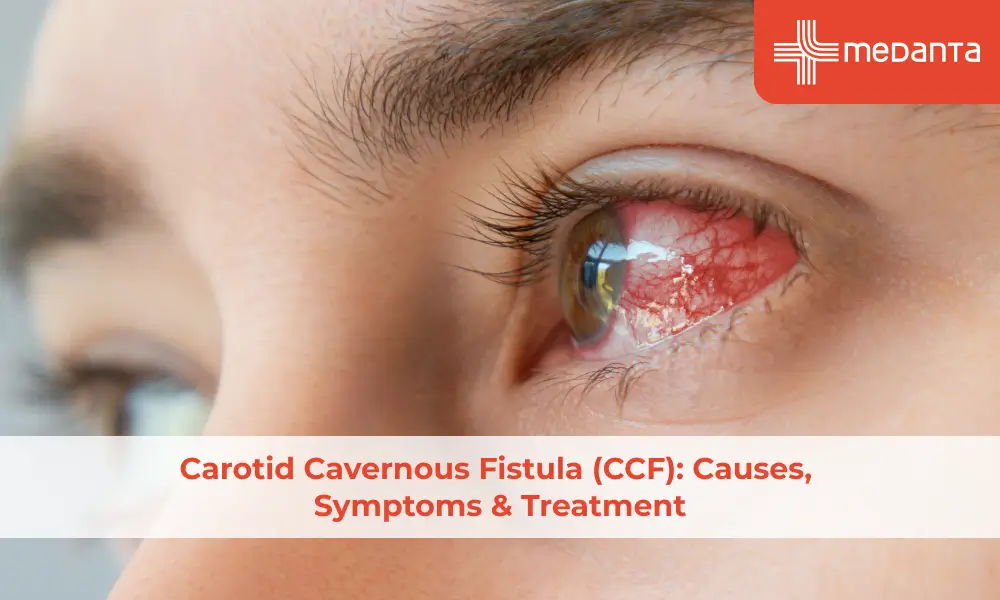First Aid in Stroke: Life-Saving First Aid Lessons for Emergencies

A stroke is a potentially fatal illness that results from insufficient blood flow to a part of the brain. Blood arteries supply the brain with nutrition and oxygen, but when a blood clot obstructs a blood artery, a stroke happens. When that occurs, a portion of the brain is deprived of the oxygen it requires, leading to the death of brain cells causing permanent harm to the patient, and in some cases even death.
If you see a person having a stroke, you should intervene as quickly as possible because the likelihood of preventing serious harm increases with the application of life-saving first aid in stroke. If the person is not responding or is unconscious, the use of cardiopulmonary resuscitation (CPR) can help greatly! While helping a stroke patient, every second matters, and your actions during such crucial times may be able to save someone's life.
What is Stroke?
A stroke happens when a blood clot blocks blood flow to a portion of the brain, killing brain tissues as a result of this. Bleeding into brain tissue potentially results in a stroke, and causes death or irreversible brain damage if treatment and first aid are not received on time! A person can suffer a stroke at any age, including in teenage years, however, statistics show they most frequently affect elderly people.
Transient ischemic attacks (TIAs), sometimes known as "mini-strokes," happen to some persons, and even though TIA can induce symptoms that resemble those of stroke symptoms, the symptoms disappear quickly. Always remember, a TIA puts a person at extremely high risk for stroke in the near future. In actuality, half of severe strokes occur within 48 hours following a TIA, and this happens in around ten percent of stroke cases. This is the reason if someone exhibits stroke symptoms, they should seek medical assistance for stroke treatment right away, even if the symptoms appear to go away.
Be Aware of the Signs of a Stroke to Offer First Aid Immediately
Depending on how severe the stroke is, symptoms might range from mild to severe, so before you can assist, you must be aware of any stroke symptoms.
Face drooping: This might appear as face numbness, an uneven smile, or jaw drooping.
Arm weakness: If the person's arms droop or aren't stable when you ask them to raise them, this may be a sign of a stroke.
Trouble speaking: For someone who has trouble speaking, ask them to repeat something because a stroke may be the cause of a person's slurred speech.
Additional signs of a stroke might include:
Tingling, weakness, or numbness, mainly on one side of the body
Blurriness, or loss of vision, often in one eye
Loss of control over one's bowels or bladder
Lack of body balance
Feeling lightheaded or dizzy
Nausea
Intense headache
Abrupt fainting
It is recommended to seek emergency medical attention very soon, even if a person only exhibits one or two of these symptoms, or if their symptoms seem minor or inconspicuous. Delays can raise the chance of impairment and limit the kind of stroke therapy that physicians can offer, and as a result cause serious harm or death.
Stroke: First Aid Techniques
In the moments following a stroke or cerebrovascular accident, seconds count. A person's brain can withstand being oxygen-deprived for only three to six minutes, depending on their health and circumstances. If more time passes before the application of first aid in stroke and medical treatment, it causes major, permanent harm.
The first and most important thing you must do is to contact emergency services, such as calling an ambulance or arranging transportation to take the patient to the emergency room.
Placing someone in a secure posture is important if you are providing first aid stroke treatment! Ensure that the person is in a comfortable and safe position, and try to get them to lie on one side, with their head propped up and supported in case they throw up.
Loosen any restrictive clothes, such as a scarf or tie, if they're having trouble breathing.
Do not offer them water or other drinks since this might cause choking.
After that, offer first aid, such as cardiopulmonary resuscitation, especially if the person is unconscious or not responding. Unconsciousness might mean their heart isn’t working properly, and blood flow to the brain is being more limited as a result.
How to Perform Cardiopulmonary Resuscitation (CPR)?
When someone's breathing and heartbeat cease, CPR is a lifesaving procedure that can be used to help them! If someone has suffered a stroke, CPR may be able to keep them alive until help arrives.
Anyone can master the CPR method because it's quite straightforward. Chest compressions are an essential component of CPR because they maintain blood flow to critical organs, such as the brain, until a regular heartbeat is restored. Rescue breaths of oxygen into the person experiencing cardiac arrest increases their oxygen intake and helps them.
Remember the word CAB, which stands for chest compressions, clearing the airways, and rescue breaths. People who are unconscious or unable to breathe on their own because of a stroke benefit from CPR.
To assist an adult, perform CPR according to these guidelines:
Place one hand over the other, and place them in the center of the patient’s chest.
Maintain a straight arm position and firmly press your hands into their chest using the weight of your body.
Push down two inches each time you continue to apply pressure to the patient's chest (chest compressions).
Ensure that you give them enough room to fully expand their chest in between compressions.
For every thirty compressions, halt the compressions and give the victim two mouth-to-mouth rescue breaths.
Until the victim revives or aid comes, continue performing rescue breaths and chest compressions continuously.
Final Remarks
A stroke is a severe illness that can be often lethal! With prompt first aid care, it is possible to keep them alive until help arrives. After a stroke, quick emergency medical attention may help lower the chance of fatality and permanent damage! Once emergency services are called, you can move the victim into a secure position and administer first aid until a doctor takes over.
Contact Medanta for emergency stroke treatment by the top specialists in the field!






